
Past Emergency Responses
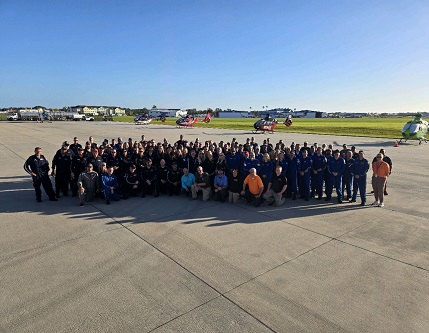
2024 Activations
- Hurricane Beryl
- Hurricane Debby
- Hurricane Francine
- Hurricane Helene
- Hurricane Milton

2022-2023 Activations
- 2022: Hurricane Ian
- 2022: COVID-19 Pandemic Response and Vaccination Efforts
- 2023: Hurricane Idalia
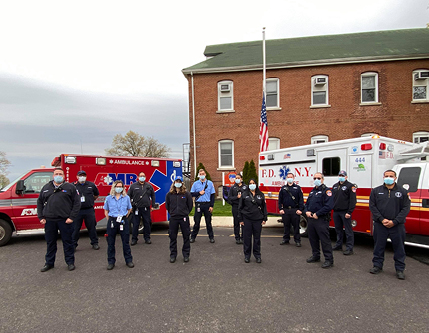
2021 Activations
- 59th Presidential Inauguration
- COVID-19 Pandemic Response and Vaccination Efforts
- Texas Winter Storm
- DHS Border COVID-19 Screening
- Hurricane Ida

2020 Activations
- COVID-19 Pandemic
- Hurricane Laura
- California, Northwest Region Wildfires
- Hurricane Delta
- Hurricane Zeta
- USVI Tropical Storm

2018-2019 Activations
- 2018: Hurricane Florence
- 2018: Hurricane Michael
- 2018: California Wildfires
- 2019:Hurricane Barry
- 2019: Hurricane Dorian

2017 Activations
- Hurricane Irma
- Hurricane Harvey
- Hurricane Maria
- Hurricane Nate
- California Wildfires
- Las Vegas Shooting

2014-2016 Activations
- 2014: Ebola Outbreak
- 2015: San Bernardino Shooting
- 2015: California Wildfires
- 2016: Hurricane Matthew
- 2016: Orlando Shooting
- 2016: Dallas Shooting
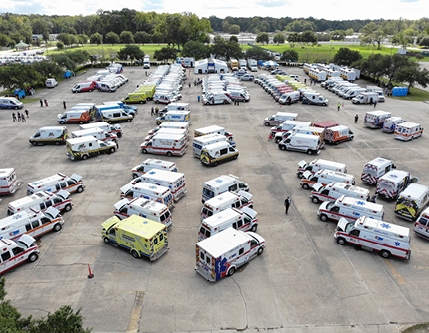
2009-2012 Activations
- 2009: 56th Presidential Inauguration
- 2011: Hurricane Irene
- 2012: Hurricane Issac
- 2012: Hurricane Sandy
- 2012: Colorado Shooting
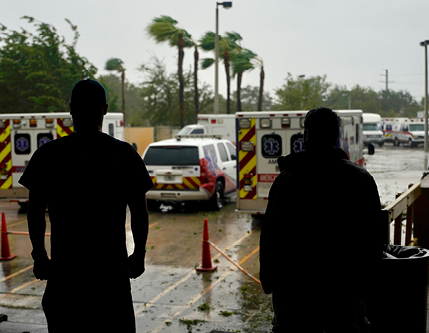
2004-2008 Activations
- 2004: Hurricane Charlie
- 2005: Hurricane Katrina
- 2007: Hurricane Dean
- 2008: Hurricane Gustav
- 2008: Hurricane Ike
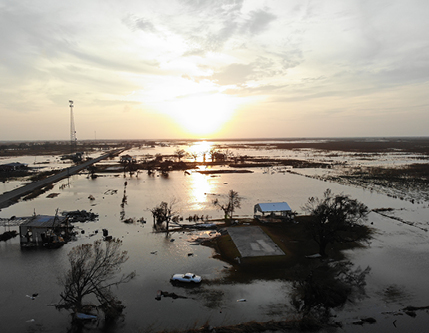
1992-2001 Activations
- 1992: Hurricane Andrew
- 1996: Oklahoma City Bombing
- 1999: Columbine High School
- 2001: World Trade Center Attack